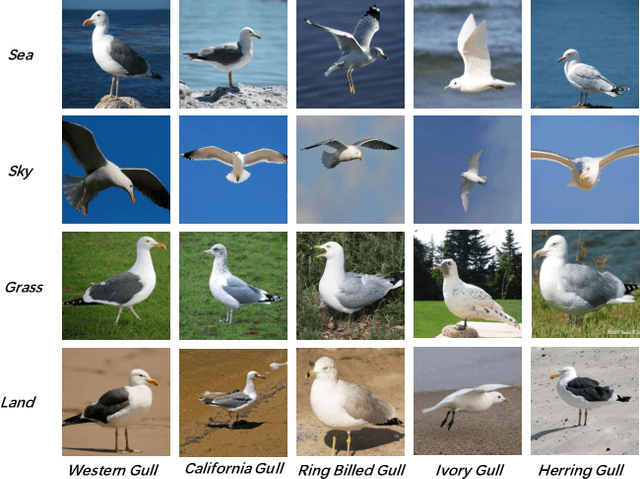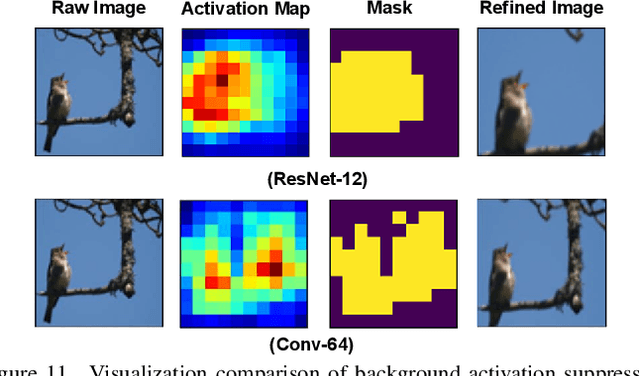Boosting Few-shot Fine-grained Recognition with Background Suppression and Foreground Alignment
Paper and Code
Oct 04, 2022



Few-shot fine-grained recognition (FS-FGR) aims to recognize novel fine-grained categories with the help of limited available samples. Undoubtedly, this task inherits the main challenges from both few-shot learning and fine-grained recognition. First, the lack of labeled samples makes the learned model easy to overfit. Second, it also suffers from high intra-class variance and low inter-class difference in the datasets. To address this challenging task, we propose a two-stage background suppression and foreground alignment framework, which is composed of a background activation suppression (BAS) module, a foreground object alignment (FOA) module, and a local to local (L2L) similarity metric. Specifically, the BAS is introduced to generate a foreground mask for localization to weaken background disturbance and enhance dominative foreground objects. What's more, considering the lack of labeled samples, we compute the pairwise similarity of feature maps using both the raw image and the refined image. The FOA then reconstructs the feature map of each support sample according to its correction to the query ones, which addresses the problem of misalignment between support-query image pairs. To enable the proposed method to have the ability to capture subtle differences in confused samples, we present a novel L2L similarity metric to further measure the local similarity between a pair of aligned spatial features in the embedding space. Extensive experiments conducted on multiple popular fine-grained benchmarks demonstrate that our method outperforms the existing state-of-the-art by a large margin.
 Add to Chrome
Add to Chrome Add to Firefox
Add to Firefox Add to Edge
Add to Edge